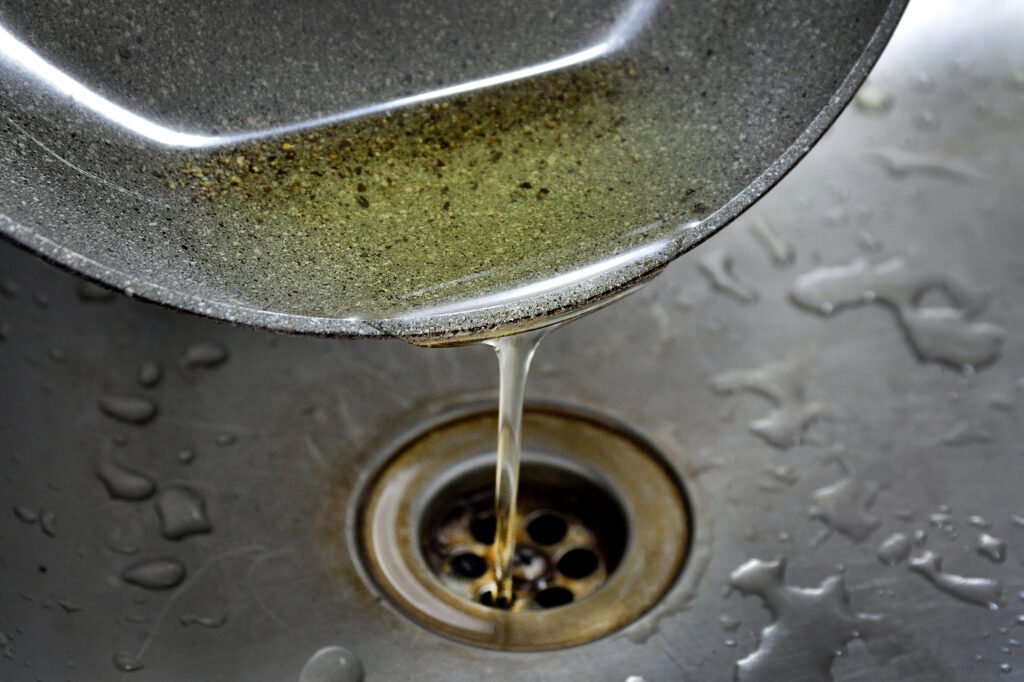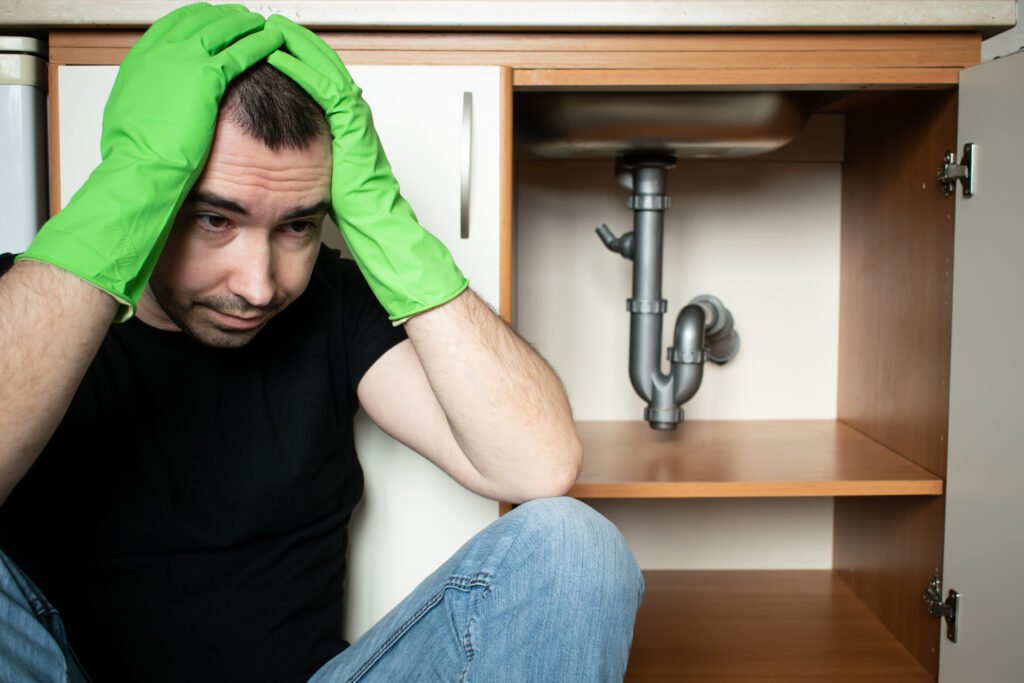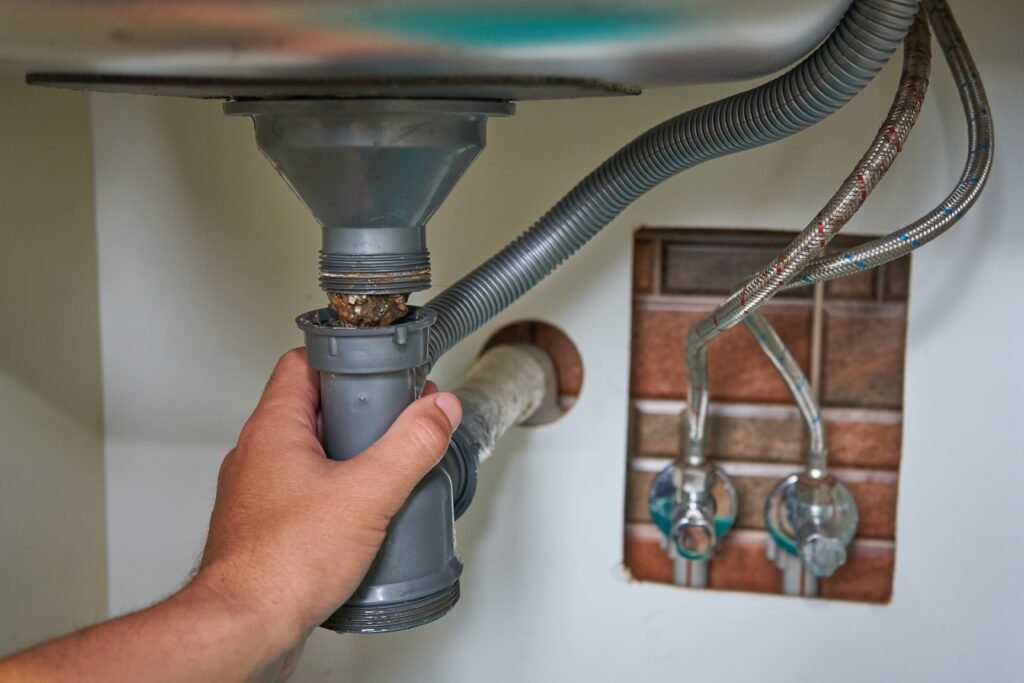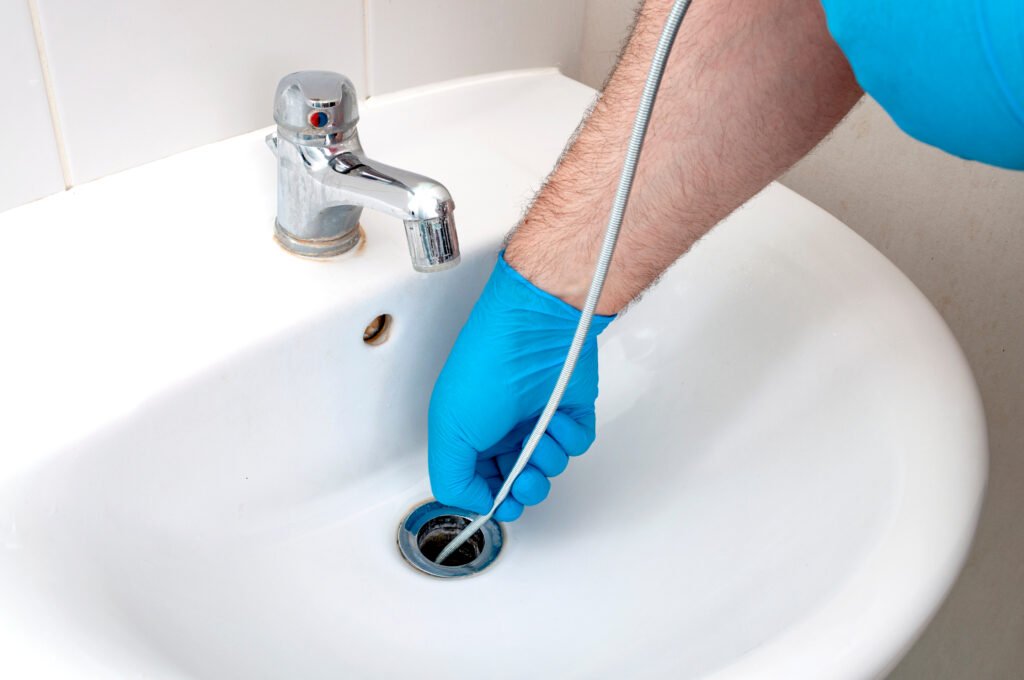Kitchen drain clogs are a frustrating reality for many homeowners, even for those who are vigilant about what goes down the drain. These clogs can happen to anyone, and sometimes the culprit isn’t carelessness—it’s simply the passage of time. Let’s explore why these clogs occur and what you can do to prevent them.
The Usual Suspects: Common Causes of Kitchen Drain Clogs

One of the most common causes of kitchen drain clogs is negligence. Pouring grease, food peelings, rice, or other debris down the drain or garbage disposal can quickly lead to a blockage. In these cases, it’s easy to identify the problem: someone either didn’t know the risks or didn’t care about the consequences.
But what about those who are cautious? Even if you’re careful, kitchen drain clogs can still happen over time. How? It’s all about grease. Oily and greasy substances—like cooking sauces or salad dressings—can gradually build up in your drain lines. Since water and oil don’t mix, these greasy residues accumulate, eventually leading to a backup. This type of clog is what we call a “grease clog,” and it can be tricky to manage.
Installation Issues: The Silent Culprit Behind Clogged Drains

Improper installation is another frequent cause of kitchen drain clogs, particularly with PVC drain lines. PVC is more flexible, which means it’s prone to installation errors, such as insufficient slope or improper strapping. These mistakes can lead to “sags” or “bellies” in the drain line, where debris collects over time, eventually causing a blockage.
Trap Clogs: A Rare but Fixable Problem

Although less common, trap clogs can also occur in your kitchen drain. These happen when the traps under your sink become clogged, requiring a thorough cleaning to restore proper drainage.
How We Fix Kitchen Drain Clogs

When you call us to address a kitchen drain clog, the first thing we do is visually inspect the drain. This might involve checking the basement, crawlspace, or even removing ceiling tiles to assess the situation. If we find that the drain was installed improperly or is made of outdated galvanized piping, replacement may be necessary.
For most clogs, hydrojetting is our go-to solution. This method involves using high-pressure water to clean the drain line 360°, which is particularly effective for grease clogs. Unlike snaking, which only punches a hole through the blockage, hydrojetting thoroughly clears the grease, providing a long-term solution.
For simpler obstructions—like a potato peel or similar debris—snaking is often our first step. It’s effective for removing the immediate blockage, but it’s important to be mindful of what you put down the drain to prevent future issues.
Prevention is Key
The best way to avoid kitchen drain clogs is to be cautious about what goes down your sink and disposal. However, if a clog does occur, know that we’re here to help. Our expert plumbers are ready to diagnose and fix the issue, ensuring your kitchen drain flows smoothly once again.
Thanks for reading! Remember, a little prevention goes a long way in keeping your kitchen drain clog-free. But if trouble does strike, don’t hesitate to give us a call!
